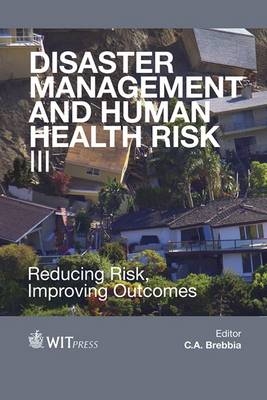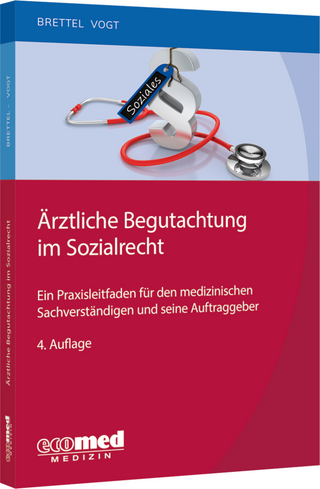
Disaster Management and Human Health Risk III
WIT Press (Verlag)
978-1-84564-738-4 (ISBN)
Contents Section 1: Disaster monitoring and mitigation Smart objects and wireless sensor networks for monitoring: sustainable technology in disaster management; Development of a spatially explicit vulnerability-resilience model for community level hazard mitigation enhancement; The use of social media by UK local resilience forums; Earthquake and tsunami recovery efforts in northeastern Japan Section 2: Disaster analysis Study on the development of the loss estimation method for urban flood in Korea; Relationship of debris flows owing to climate change: Korea's case; Site-specific soil microzonation for hazard resistant site and land use planning; Identification of microorganisms promoting debris flows caused by eutrophication of hillside ecosystems Section 3: Emergency preparedness A framework for organisational operational response and strategic decision making for long term flood preparedness in urban areas; Towards a demand forecast methodology for recurrent disasters; Revising a regional disaster management plan using ethnographic data; An integrated model of psychological preparedness for threat and impacts of climate change disasters; Healthcare providers: will they come to work during an influenza pandemic?; Managing public health expectations: the micro community model of bio-preparedness; Risk minimal routes for emergency cars; Emergency planning and visualization: the case of Miami-Dade County's Emergency Operations Center Section 4: Critical information and communication technologies for disaster preparedness and response (Special session organised by J. W. S. Liu) A linked-data based virtual repository for disaster management tools and applications; Physical-layer communication recovery for heterogeneous network; Landmark-based self-healing service recovery for distributed pub/sub services on disaster management and M2M systems; An approach to assess suitable lands for disaster mitigation; Participant selection for crowdsourcing disaster information; Trustworthy emergency information brokerage service (TIBS) Section 5: Risk mitigation Landslide risk management in Malaysia; Individualised risk communication of sediment-disaster evaluated using a psychological process model Section 6: Multihazard risk assessment (Special session organised by D. A. Novelo-Casanova) Integrated risk assessment to natural hazards: case study - Motozintla, Chiapas, Mexico; Bridging research, policy, and practice: development of an integrated research programme Section 7: Learning from disasters Public opinion guidance and science and technology dissemination for public health emergencies; Study of the liquefaction phenomenon due to an earthquake: case study of Urayasu city Section 8: Socio-economic issues Disaster management policy and conflict resolution: a case study of South Korea's dam construction; Development and validation of a stochastic disaster impact model; The impact of flood on the socio-economic status of residents of Wadata and Gado-villa communities in the Makurdi metropolitan area of Benue State, Nigeria; Community resilience factors to disaster in Saudi Arabia: the case of Makkah Province; Housing policy in Mexico and its impacts; Volunteers in emergency management: an investment in the future?
| Erscheint lt. Verlag | 9.7.2013 |
|---|---|
| Reihe/Serie | WIT Transactions on the Built Environment ; 133 |
| Zusatzinfo | Illustrations |
| Verlagsort | Southampton |
| Sprache | englisch |
| Maße | 156 x 234 mm |
| Themenwelt | Medizin / Pharmazie ► Medizinische Fachgebiete ► Arbeits- / Sozial- / Umweltmedizin |
| Naturwissenschaften ► Biologie ► Ökologie / Naturschutz | |
| Sozialwissenschaften ► Soziologie | |
| ISBN-10 | 1-84564-738-6 / 1845647386 |
| ISBN-13 | 978-1-84564-738-4 / 9781845647384 |
| Zustand | Neuware |
| Haben Sie eine Frage zum Produkt? |
aus dem Bereich


